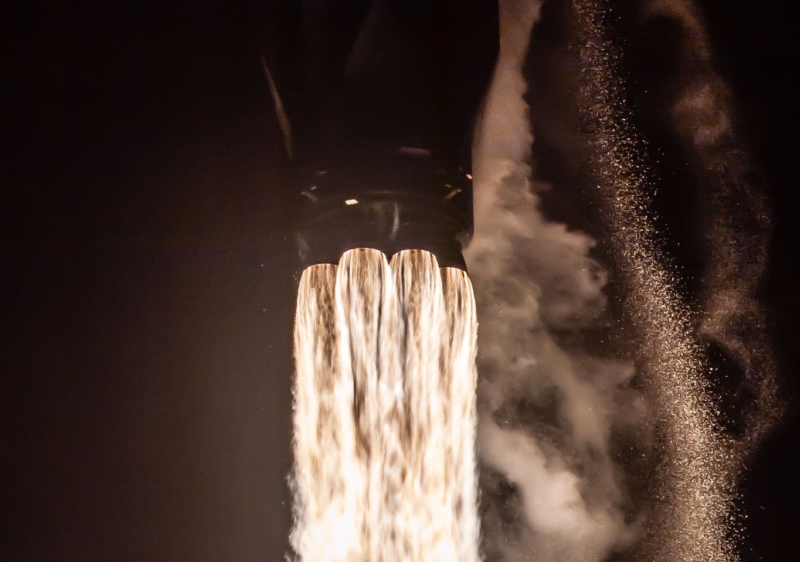Space Exploration Technologies Corporation
SpaceX is reportedly working with at least one major U.S. defense contractor, Northrop Grumman, to develop a fleet of spy satellites for the National Reconnaissance Office.
According to Reuters, SpaceX is coordinating with multiple contractors to develop a network of hundreds of spy satellites to avoid giving too much control of highly sensitive intelligence programs to one company.
“It is in the government’s interest not to invest entirely in a company run by one person,” a source at the news agency said, most likely referring to SpaceX founder Elon Musk.
According to Reuters, Northrop will provide sensors for some of the satellites in the constellation (at least 50) and test them at its own facilities before the spacecraft are launched into orbit.
proliferating constellation
The news agency first disclosed SpaceX’s contract with the National Reconnaissance Office, which operates U.S. spy satellites, in March. The network is being built by SpaceX’s Starshield business unit under a $1.8 billion contract signed in 2021.
While the network will be independent of SpaceX’s Starlink constellation, the NRO contract is leveraging SpaceX’s ability to fly large numbers of Starlink satellites using its existing manufacturing facilities and reusable Falcon 9 rockets track. The current Starlink mega-constellation has more than 5,700 operational satellites.
This spy satellite constellation is considered “proliferated” because a large number of satellites will be launched into low-Earth orbit to provide imaging and other functions, and due to their large number, these satellites should be less vulnerable to enemy attacks.
Although no country has ever attacked another country’s satellite, major space powers including the United States, Russia and China are apparently taking such measures. The Secure World Foundation’s annual Global Counterspace Capabilities Report is a good reference for these efforts.
Reuters reported in a report that the resolution of high-quality imaging sensors on SpaceX satellites in low-Earth orbit will exceed that of some of the best high-altitude spy satellites in the United States. They may also provide a better alternative to currently used drones and surveillance aircraft, which can be risky flying in other countries’ airspace.
The first members of this surging constellation will likely launch from Vandenberg Space Force Base on the NROL-146 mission next month. Troy Meink, principal deputy director of the National Reconnaissance Office, said this will be the first of up to six such launches in 2024.
“This launch will be the first of an actual operating system,” Maker said at the annual Space Symposium earlier this month. “The system will improve timeliness of access, diversity of communication paths and increase our resiliency. ”
an uneasy partnership
Typically, in its 22 years of operation, SpaceX has shied away from forming deep partnerships with traditional aerospace contractors, including Northrop Grumman. In fact, SpaceX had earlier been involved in a legal dispute with Northrop over the pivot engine injector technology used in the Merlin rocket engines that powered the Falcon 1 and later Falcon 9 rockets. SpaceX countersued, claiming that Northrop abused his position as an Air Force advisor to spy on SpaceX. Ultimately, the lawsuits were dismissed without any loss.
More than a decade later, SpaceX launched Zuma, an ultra-expensive classified spacecraft worth more than $3 billion built by Northrop for the National Reconnaissance Office. In January 2018, the Falcon 9 rocket was successfully launched, but the spacecraft subsequently disappeared. The failure was later blamed on a payload adapter provided by Northrop Grumman, although this has never been publicly confirmed.
U.S. government officials clearly hope that this collaboration between SpaceX and Northrop will have a better fate.
#SpaceX #Northrop #working #spy #satellite #constellation
Image Source : arstechnica.com
